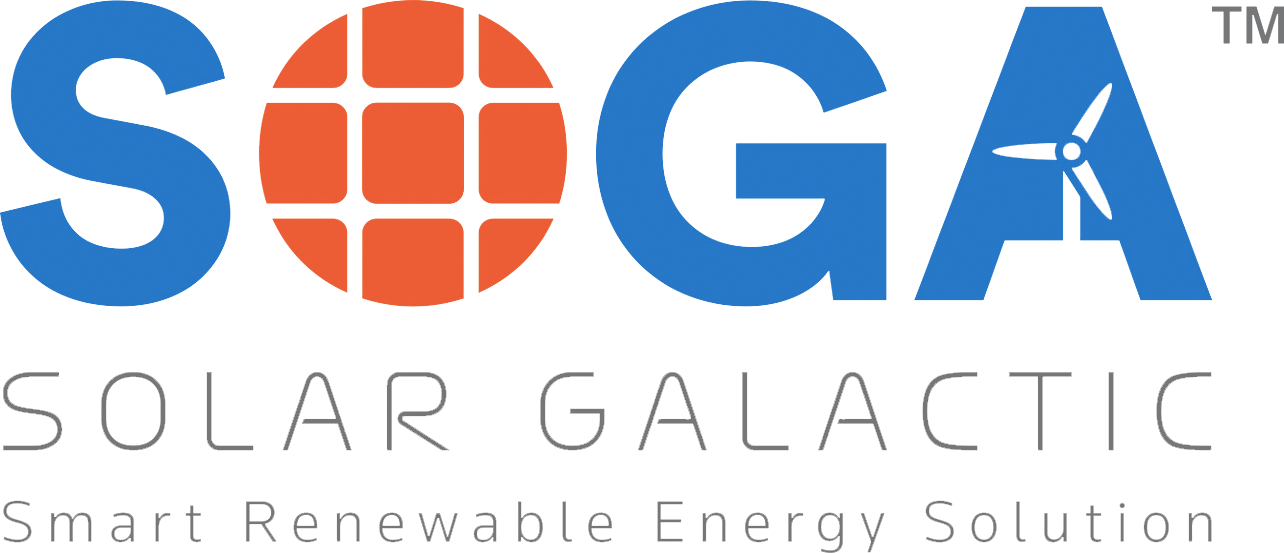Blog Coal & Fossil vs Renewable Energy
The debate between coal and fossil energy versus renewable energy is at the forefront of discussions on global energy policies, sustainability, and environmental impact. There are always two sides to each coin and while we focus on creating an energy balance that works for all, it is key to understand the pros and cons for both these energy sources.
Coal and Fossil Energy:
Pros:
- Accessibility: Coal and fossil fuels, including oil and natural gas, are easily accessible and has over the years been considered a reliable source of power.
- Energy Density: Fossil fuels have high energy density, meaning they can produce a significant amount of energy per unit of volume or mass. This makes them efficient for power generation.
- Infrastructure: The existing infrastructure for extracting, refining, and distributing fossil fuels is well-established, making it easier to integrate these energy sources into the current energy grid.
Cons:
- Environmental Impact: The burning of coal and fossil fuels releases greenhouse gases, contributing to climate change and air pollution. Extraction processes can also lead to habitat destruction and water pollution.
- Finite Resources: Fossil fuels are finite resources, and their extraction contributes to resource depletion. As reserves diminish, the costs and environmental impacts of extraction may increase.
- Geopolitical Issues: Reliance on fossil fuels often leads to geopolitical tensions and conflicts over resource-rich regions, affecting global stability.
Renewable Energy:
Pros:
- Sustainability: Renewable energy sources, such as solar, wind, hydro, and geothermal, are sustainable and can be harnessed indefinitely without depleting natural resources.
- Environmental Benefits: Renewable energy sources produce little to no greenhouse gas emissions during operation, reducing air pollution and mitigating climate change.
- Diversification of Energy Mix: Investing in renewable energy diversifies the energy mix, reducing dependence on a single energy source and enhancing energy security.
Cons:
- Intermittency and Reliability: Many renewable energy sources, such as solar and wind, are intermittent, dependent on weather conditions. This can pose challenges to maintaining a stable and reliable power supply. The presence of technology like IIoT and storage capabilities are slowly mitigating these challenges.
- Initial Costs: The upfront costs of implementing renewable energy technologies, such as solar panels and wind turbines, can be high. However, the costs are decreasing over time as technology advances and economies of scale are realized.
- Land Use: Large-scale deployment of renewable energy infrastructure may require significant land use, potentially impacting ecosystems and local communities.
While fossil fuels have played a crucial role in powering industrialization and economic growth, their environmental consequences are becoming increasingly apparent. We need a cleaner, sustainable alternative.
The key lies in finding a balanced approach that considers both short-term energy needs and long-term environmental sustainability. Ultimately, a diversified energy portfolio that incorporates renewable sources alongside responsible fossil fuel use may be the most realistic and effective path forward.
Get an insight to your energy use and find out how you can achieve energy balance for your industry by dropping us an email at energy@solar-galactic.com


